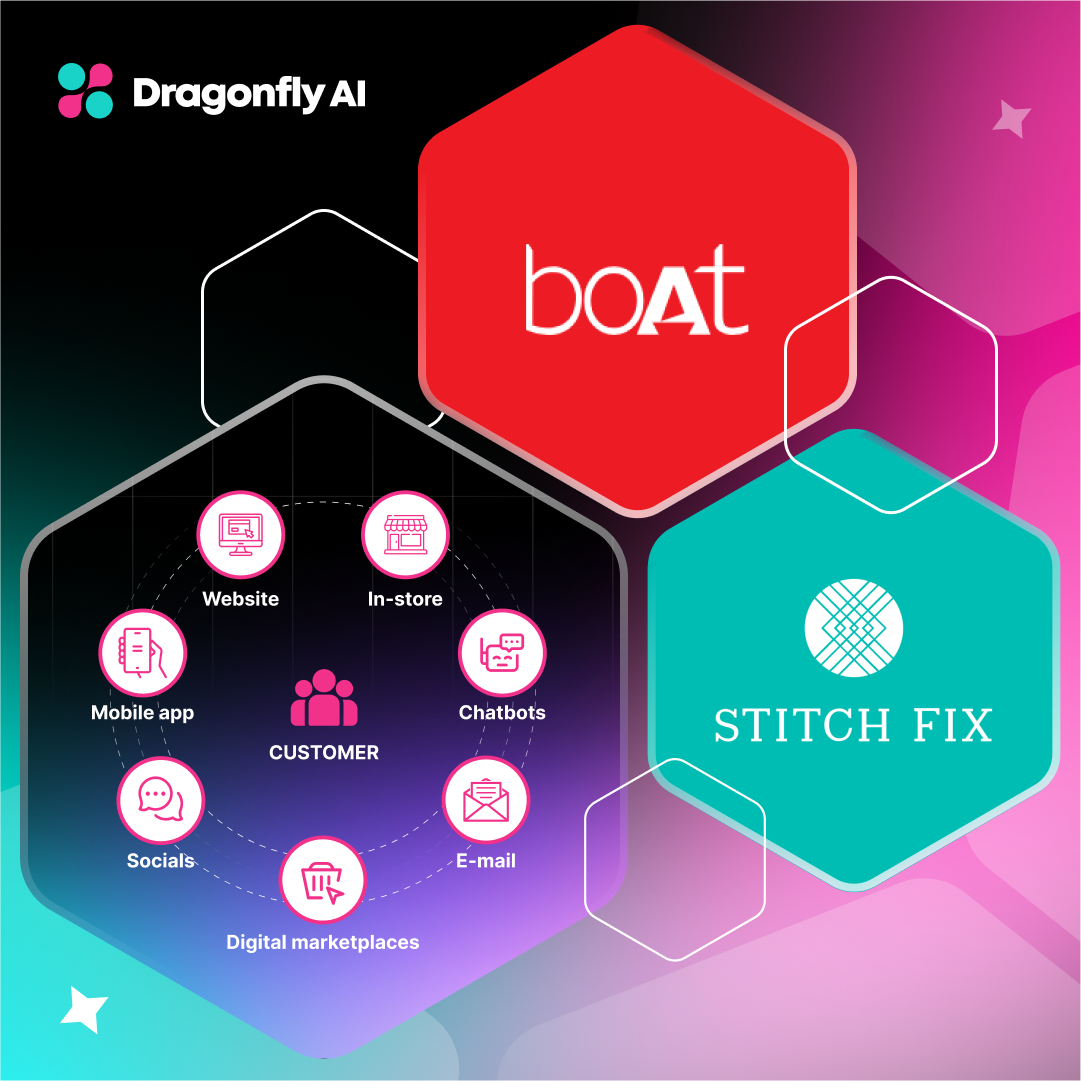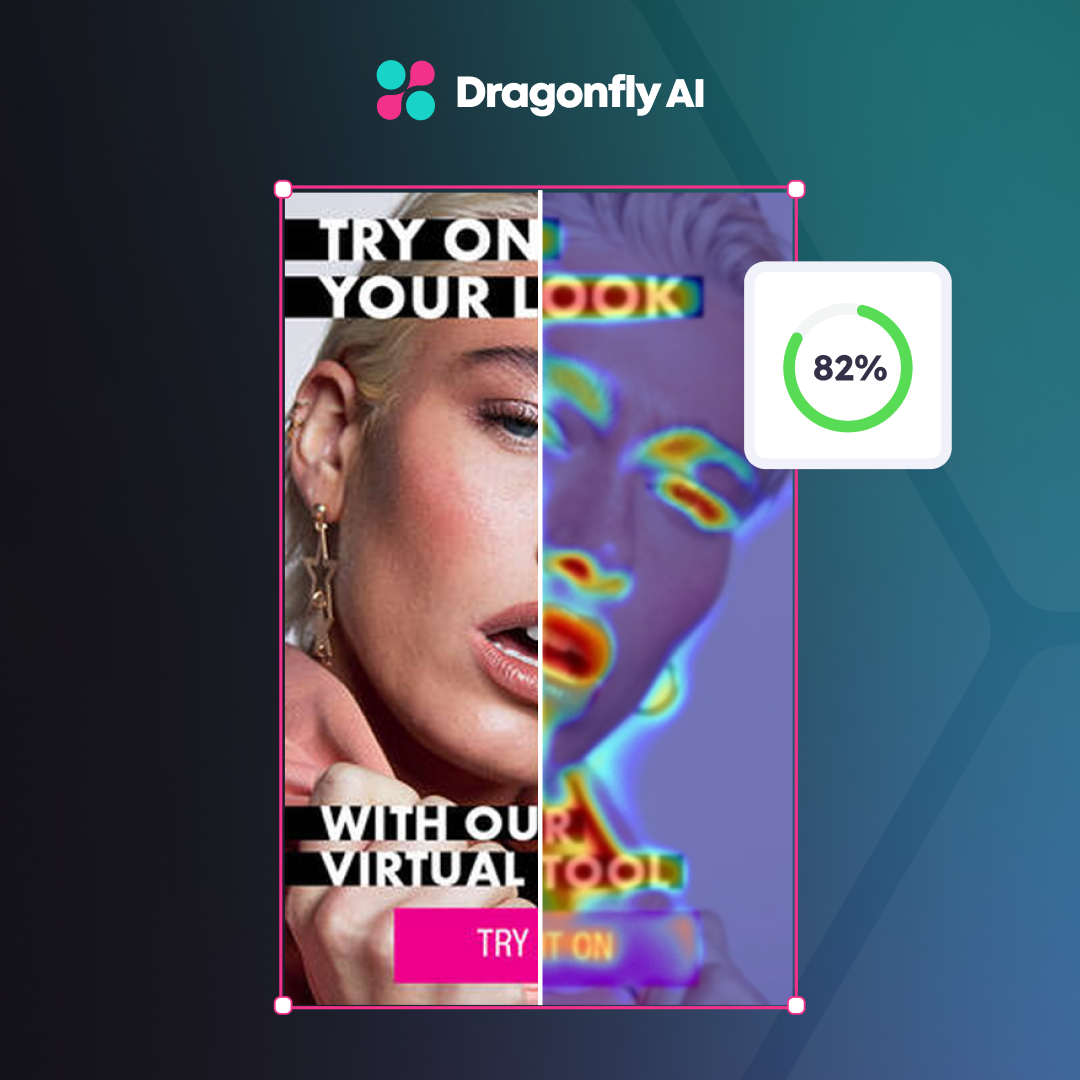Your ecommerce conversion rate is quite literally the pulse of your entire online business. It represents the heart beating behind every dollar of revenue generated—the critical swing factor separating anemic bottom lines from disruptive, runaway growth.
For too long though, brands have taken stabs in the dark trying to optimize those make-or-break shopping experiences. Arbitrary tweaks based on hunches and best guesses simply don't cut it in today's experience economy. To really unlock conversion lifelines, it's time to embrace data like you never have before.
Understanding ecommerce conversion rates
Let's begin level-setting about what exactly we mean by "ecommerce conversion rates." This widely-tracked metric calculates the percentage of website visitors who complete a desired action like making a purchase, adding products to a cart, or initiating checkouts.
The significance is obvious. The higher that percentage climbs, the more revenue gets generated at the same traffic volumes. Yet according to the latest industry benchmarks, most ecommerce brands languish at a very modest 2-3% average conversion rate—and that’s use being polite. This essentially leaves mountains of potential money on the table.
It’s not all bad however. Research indicates the top 20% of ecommerce brands consistently exceed 6% conversion rates. That’s multimillion-dollar swings in yearly revenues just by eliminating funnel bottlenecks and friction points. All thanks to data-driven optimization.
Collecting and analyzing data
Achieving higher conversion rates begins with assembling a 360-degree picture of your customers' purchase journeys through multiple data streams, including:
- Quantitative website behavior tracked by Google Analytics
- Heat mapping tools monitoring clicks, hovers, scrolls, and more
- Detailed sales reporting segmented by traffic sources
- User session recordings and feedback polls
- Demographics and audience insights from CRMs
By centralizing and consolidating these insights, brands essentially construct a living dossier documenting friction points like confusion areas, pain points, and drop-off stages along the path to purchase.
But it doesn't stop with simply accessing raw data. Smart ecommerce teams leverage advanced analytics solutions—namely AI, machine learning and natural language processing (NLP)—to pinpoint strategic opportunities for improvement hidden within those numbers.
For example, correlating browser and device telemetry data with sentiment analysis from customer reviews can unearth optimization priorities. These include accelerating mobile page load times or simplifying checkout UIs. Boosting your data intelligence is crucial for getting on top of and mastering those conversions.
Identifying conversion bottlenecks
With that holistic visibility into individual user behaviors now at your fingertips, the process of isolating conversion obstacles becomes exponentially easier. Using your centralized insights, map out every stage of the customer journey step-by-step. Note where typical drop-off and abandonment spikes occur:
- Jumbled product catalog navigation experiences
- Overwhelming or confusing checkout procedures
- Slow page load times frustrating impatient shoppers
- Sparse, uninspired product description content
But quantitative metrics alone don't paint the full picture. Advanced brands complement behavioral funnel tracking with heightened qualitative sources of voice-of-the-customer (VoC) feedback like:
- Filmed user testing highlighting exact hesitation points
- Support ticket analytics documenting common grievances
- Exit Intent Polls Probing Objection Causes
With data sources injected into unified areas for AI-powered mining, key conversion bottlenecks are highlighted via predictive scoring and root cause analysis. This is done in ways mere sampling never could.
Implementing data-driven strategies
No discussion around ecommerce optimizations would be complete without diving into how the brightest minds are actioning those data learnings. Some disruptive areas include:
Personalization and tailored ecommerce journeys
Capitalizing on AI-powered insights means brands can finally retire clunky, one-size-fits-all funnels and transition to entirely personalized shopping experiences catered to each prospect's preferences. Welcome to the age of:
- Dynamic product recommendation engines
- Intelligent bundling based on purchase histories
- Real-time inventory listing content updated with crowd validation.
- Even the look and feel of interfaces can get tailored based on traits like customer lifetime value (CLV).
.png?width=1280&height=700&name=Blog%20image%207%20(6).png)
The opportunities for hyper-relevance mean brands can accelerate customers through ideal converting progression paths built around their demonstrated buying patterns. Personalization equals conversion optimization.
Unremitting A/B testing and rapid experimentation
To eliminate that tempting yet misguided reliance on "best practice" advice, ecommerce optimizers have adopted testing as a core capability. Using advanced A/B experimentation platforms, they validate strategic hypothesis for incrementally improving components like:
- Page layouts and calls-to-action
- Navigation paths and filter sequences
- Email nurturing drips and messaging
- Urgency cues and persuasive nudges
Instead of making arbitrary changes backed by opinion, industry leaders rely on iterative testing processes for evolving towards optimal, data-backed customer experiences and journeys. Always be shipping new experiments for incremental gains.
Data-driven content optimization
Beyond functional tweaks to user interfaces and funnel components, you can't forget the role emotional data intelligence plays in boosting ecommerce conversions. Brands winning today make content a conversion optimization priority by:
- Reinforcing the tangible benefits highlighted in product page copy
- Infusing inspiration and aspiration through microcopy and imagery
- Leveraging social proof and FOMO throughout crucial funnel stages
- Adopting persuasive storytelling narratives tugging psychological triggers
With the help of natural language generation and other AI technologies, engaging content can be dynamically tailored and optimized for each visitor across entire catalogs, increasing the sense of personal relevance and influencing purchasing decisions.
Enhancing the user experience
Of course, no number of optimizations like A/B tests or personalized content tweaks will be enough to maximize conversions if your core ecommerce experiences aren't up to par. That's why UX upgrades based on quantitative behavior monitoring form another essential pillar of any strategic roadmap:
Streamlining navigation and taxonomy
Using heat mapping and attention tracking data, top ecommerce brands identify areas for streamlining and decluttering navigation menus, filters and information hierarchies. It makes pathways to desired products as frictionless as possible.
Mobile optimization and progressive web apps
With eCommerce eclipsing over 50% of all ecommerce traffic, mobile responsiveness shouldn't be an afterthought. Embracing responsive layouts and progressive web app (PWA) experiences inspired by audience usage insights drives elevated performance, speed and interactivity for on-the-go shoppers.
Remove conversion friction at all costs
Why lose out on precious revenue due to lagging page load times, broken payment gateways, or disruptive app crashes? Brands leveraging real user monitoring and voice-of-the-customer feedback address potential bottlenecks before abandonment skyrockets.
.png?width=1280&height=700&name=Blog%20image%2016%20(2).png)
Continuous monitoring and optimization
As central as data-driven insights are for igniting initial conversion rate breakthroughs, one thing remains certain: the job is never done. Reaching best-in-class levels requires fortifying your ecommerce program around a mentality of continuous, iterative improvement:
- Relentless KPI tracking: Hyper-awareness of conversion-oriented metrics like checkout abandonment, paths to purchase, average order values, exit rates, and net promoter scores
- Embedded testing workflows: Not relying on hunches or "best practices" by operationalizing systematic split tests and optimization processes into BAU operations
- AI-powered recommendations: Leveraging machine learning algorithms to continually serve up insights into which new funnel flows, content variations or optimizations to trial next
With such rigorous emphasis placed on data-backed innovation cycles, forward-thinking brands achieve conversion compounding effects over time. They continuously widening gaps versus more complacent competition.
Develop an ecosystem of structured reporting, experiment backlogs, and automated insight generation. Doing so feeds into a culture of perpetual conversion self-disruption to consistently shock the status quo and set new performance benchmarks.
Summary: Data-led conversion rates
The importance of your ecommerce conversion rates shouldn’t be overstated. They represent the health of your entire online business. Embrace data-driven insights as the path to sustained conversion optimization. Continuously iterate through personalization, testing, and experience enhancements fueled by unified customer intelligence. Only then can you achieve disruptive revenue amplification leaving complacent competitors in the dust.
.png?width=1280&height=701&name=Blog%20image%208%20(7).png)

